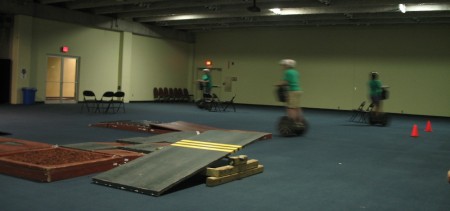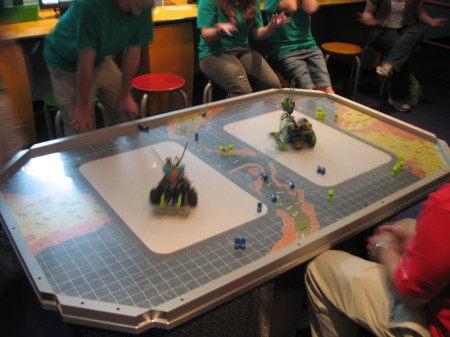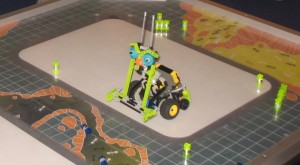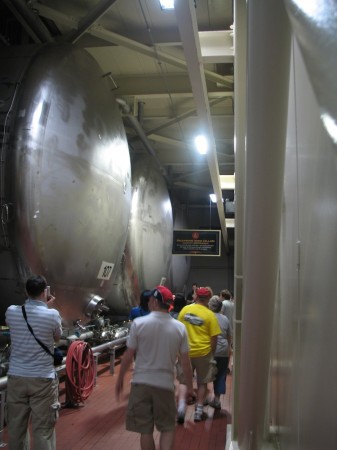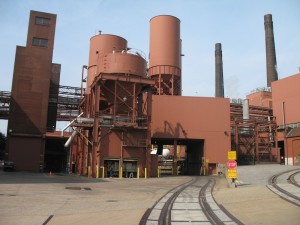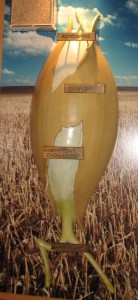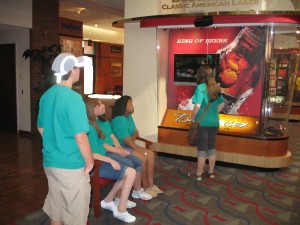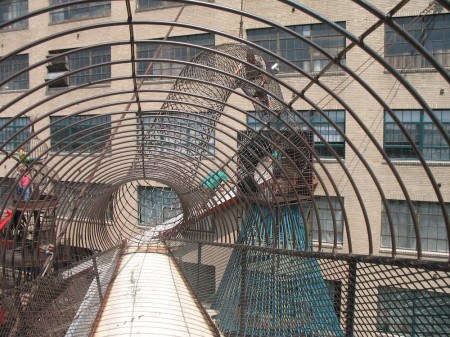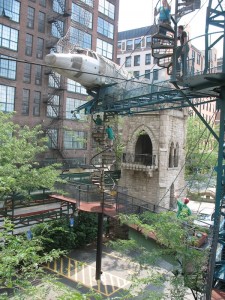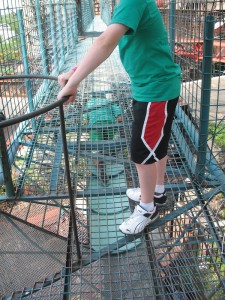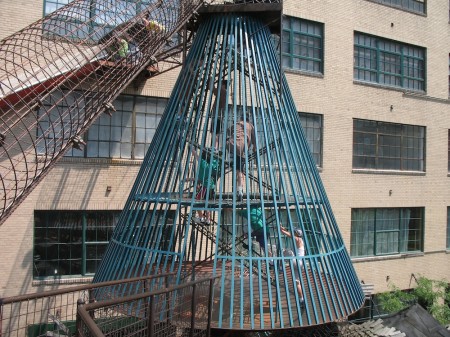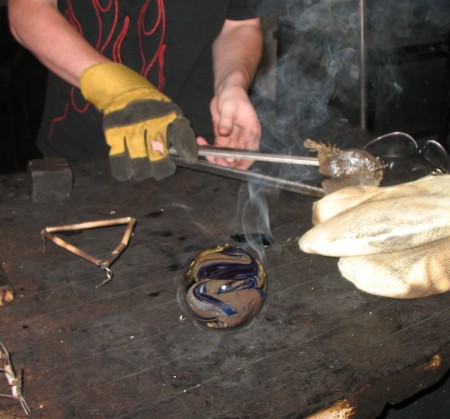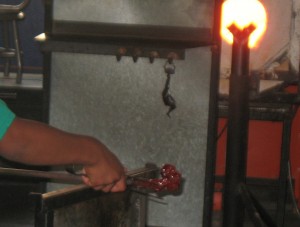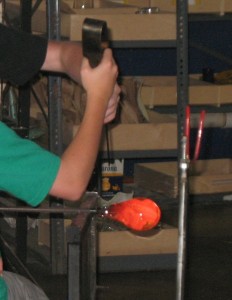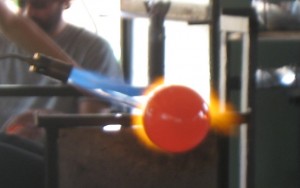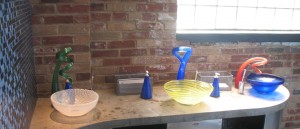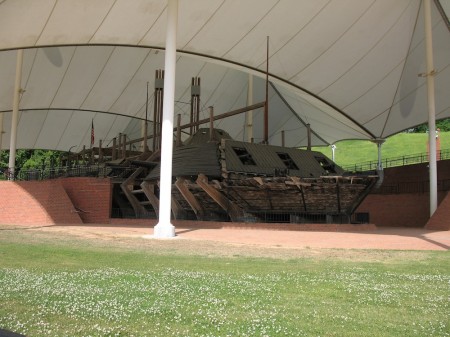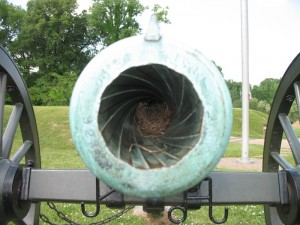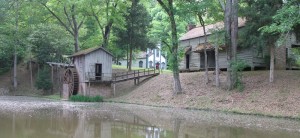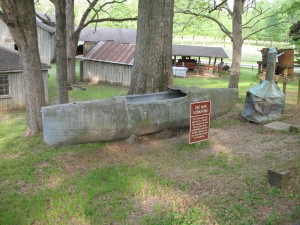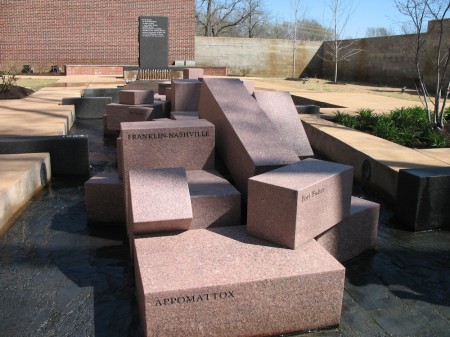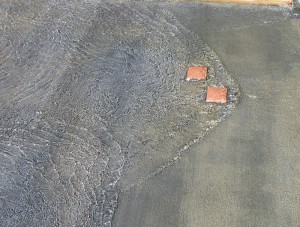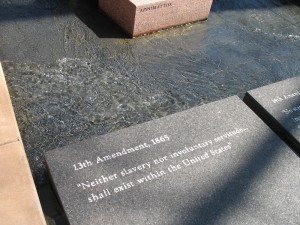From playing with robots we tried an actual application of robotics. We had the Segways 101 course at the St. Louis Science Center.
The lesson itself was fun, with an entertaining video of people falling off Segways. They also had a little obstacle course to let you try doing all of the things the video told you not to do (but most of it was for the more advanced class).
Afterward, we discussed the fact that this too was robotics and a pretty advanced application at that. We did not talk much about how the Segways were supposed to revolutionize urban transportation but students did recognize the fact that aesthetics were a major impediment to their broader adoption.
The price was a bit steep however, and I’m a little conflicted about if it was worth it.
